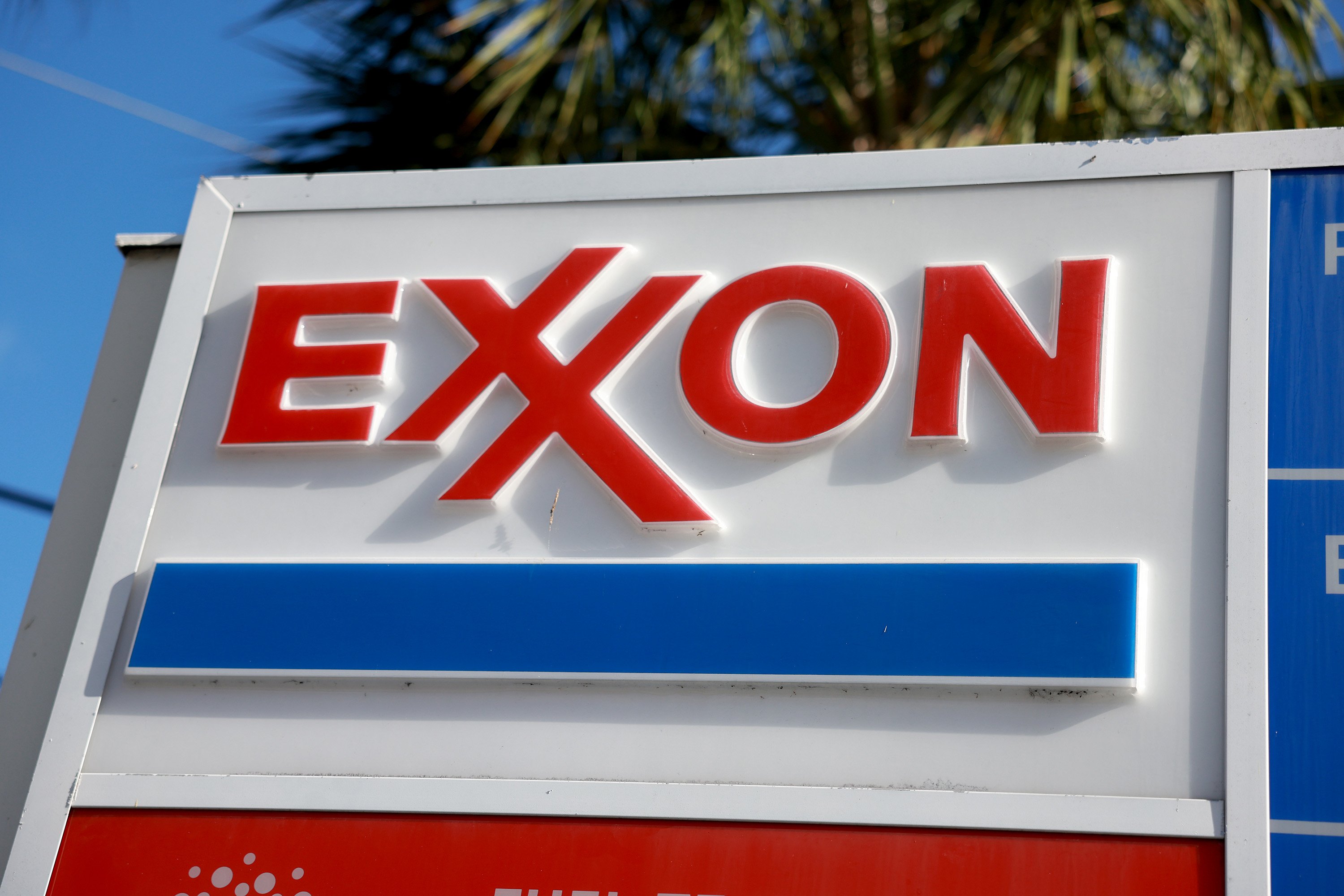ExxonMobil (XOM 0.17%) is in a class of its own. The oil company recently reported its second-quarter financial results, which led the sector across most key categories.
The company is in an excellent position to continue delivering leading results going forward, making it a compelling oil stock to buy and hold for the long term.

Image source: Getty Images.
Drilling down into Exxon's second-quarter financial results
ExxonMobil earned $7.1 billion and generated $11.5 billion in cash flow from operations in the second quarter. That led all international oil companies (IOCs) by a wide margin. Exxon's earnings were more than double Chevron's ($3.1 billion) and well ahead of Shell's ($4.3 billion).
"The second quarter, once again, proved the value of our strategy and competitive advantages, which continue to deliver for our shareholders no matter the market conditions or geopolitical developments," stated CEO Darren Woods in the second-quarter earnings release. The oil giant delivered its highest second-quarter production total since the merger of Exxon and Mobil more than a quarter century ago at 4.6 million barrels of oil equivalent (BOE) per day.
Its output rose 13%, fueled mainly by its acquisition of Pioneer Natural Resources. Additionally, Exxon reported the best quarter yet for high-value product sales in its products solution segment.

NYSE: XOM
Key Data Points
Another factor fueling Exxon's strong financial results is its structural cost savings program. The company has delivered $1.4 billion of savings this year, increasing its total to $13.5 billion since 2019. That's more than all other IOCs combined.
Exxon's strong cash flows enabled it to return an industry-leading $9.2 billion to its shareholders in the second quarter through dividends and share repurchases, leading the oil sector. It's on track to buy back $20 billion of its stock this year. Since May 2024, Exxon has already purchased about 40% of the shares it issued to buy Pioneer Natural Resources. Even with those lofty cash returns, Exxon maintained its sector-leading balance sheet featuring the industry's lowest leverage ratio, at 8% net debt to capital.
Even better days lie ahead for the oil giant
Exxon has commenced operations on six key projects this year and expects to start up four more by year-end. "Collectively, these projects are expected to improve our earnings power by more than $3 billion in 2026 at constant prices and margins," commented CEO Darren Woods in the second-quarter earnings press release.
Those projects are only the beginning. Exxon's plan to 2030 has it on pace to invest $140 billion in major capital projects and its Permian Basin development program over the next five years. Exxon also aims to deliver a total of $18 billion in structural cost savings by the end of 2030.
The company estimates that this plan will provide it with incremental growth potential of $20 billion in earnings and $30 billion in cash flow by 2030. That positions it to deliver compound annual growth rates of 10% for earnings and 8% for cash flow over the next several years.
The oil giant's plan would produce a staggering $165 billion in cumulative surplus cash over the next five years. That will provide Exxon with ample funds to continue increasing its dividend (a sector-leading 42 consecutive years) and repurchasing a substantial amount of stock. (It plans to repurchase $20 billion annually in 2025 and 2026.)
The best-performing oil stock
ExxonMobil is the undisputed leader in the oil sector, as evidenced by its industry-leading financial results in the second quarter. This allowed it to return more cash to investors than peers while maintaining the sector's top balance sheet.
The oil giant isn't likely to give up its leadership position anytime soon. Its plan up to 2030 would see it deliver meaningful earnings and cash flow growth over the next few years, allowing it to continue returning lots of money to investors. That combination of growth and cash returns positions Exxon to continue delivering peer-leading total return, which it has done over the past five years with its impressive 25% compound annual total return.





